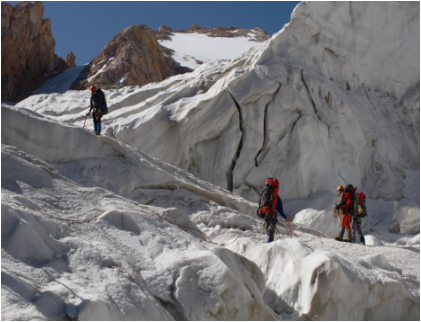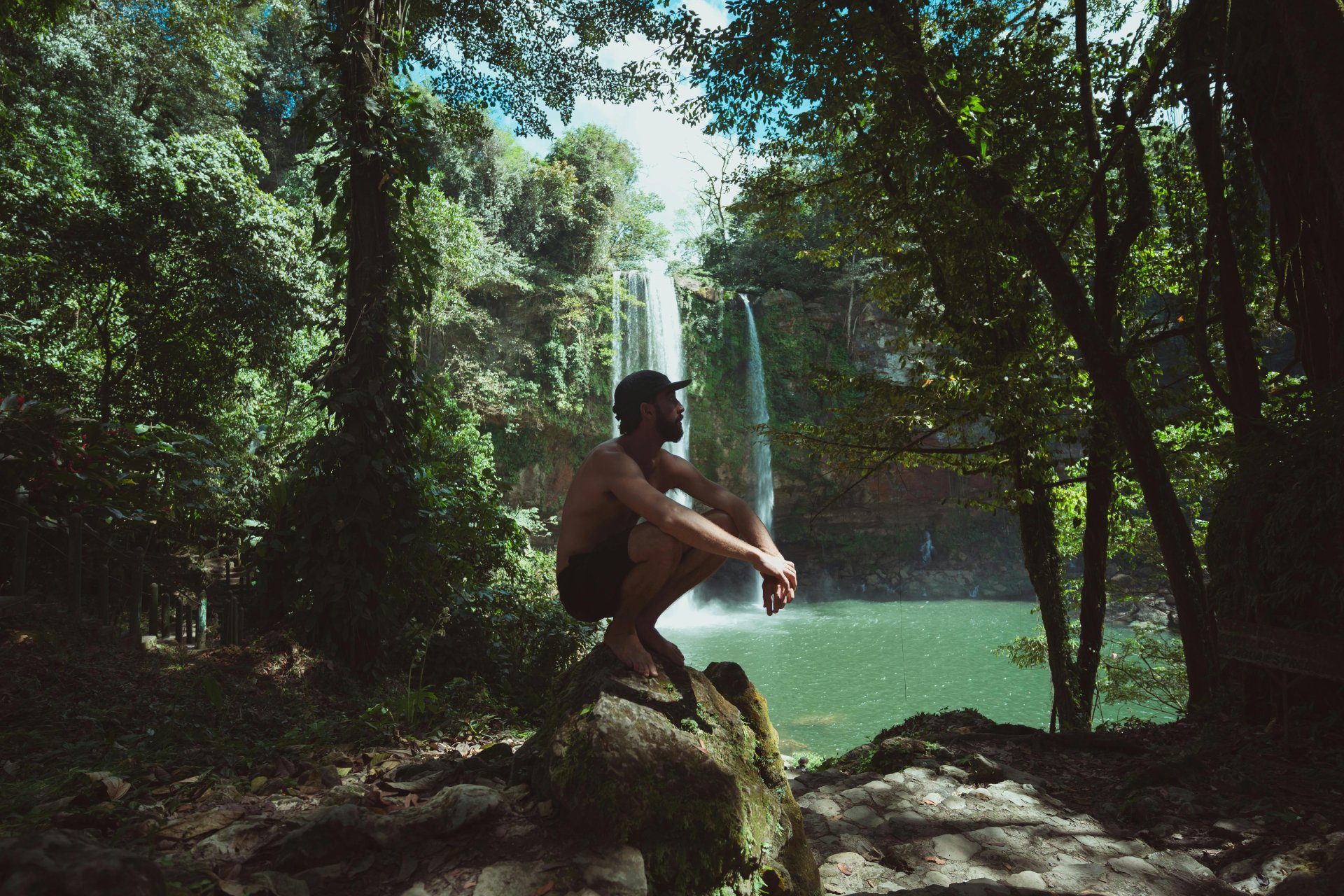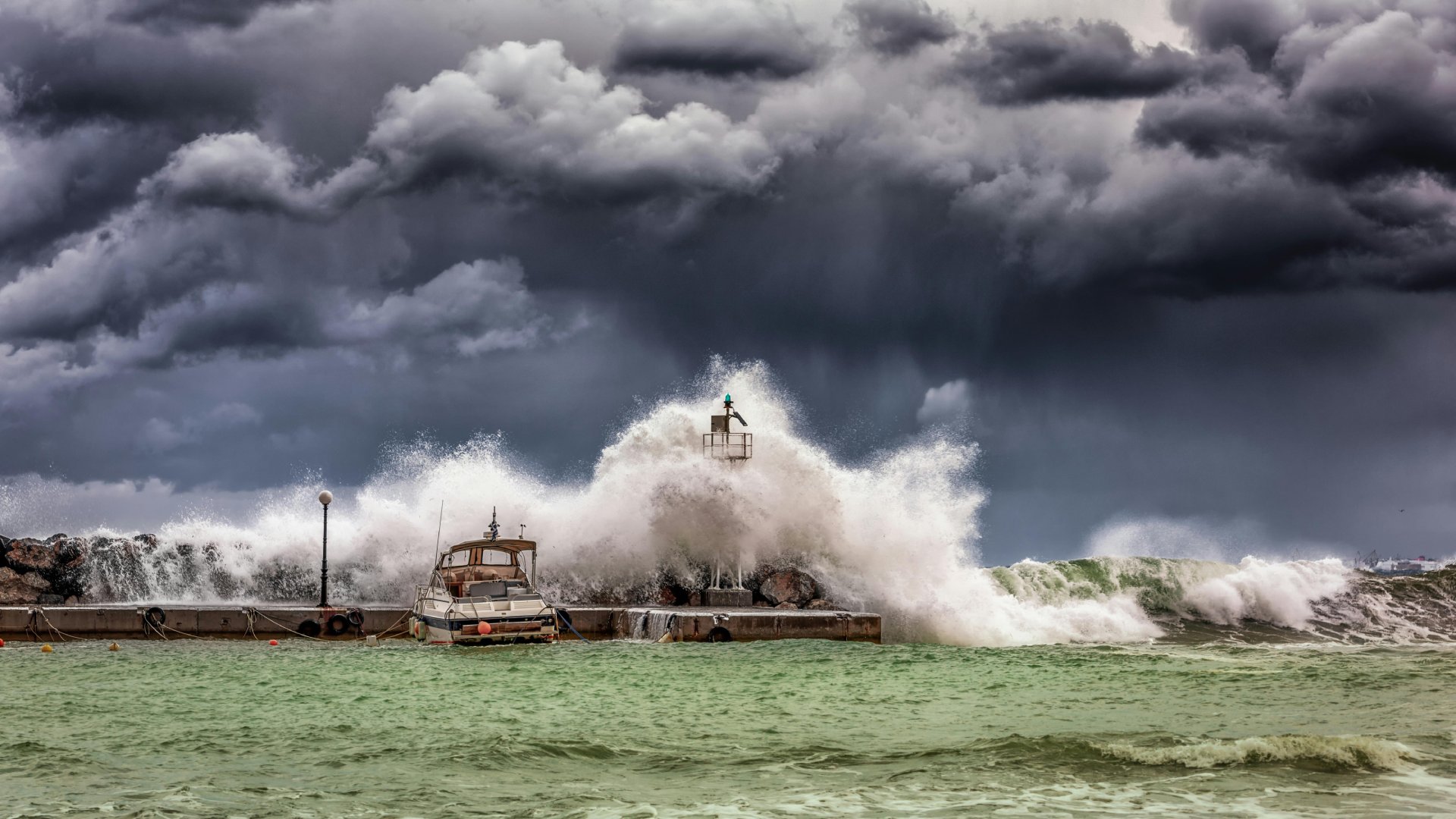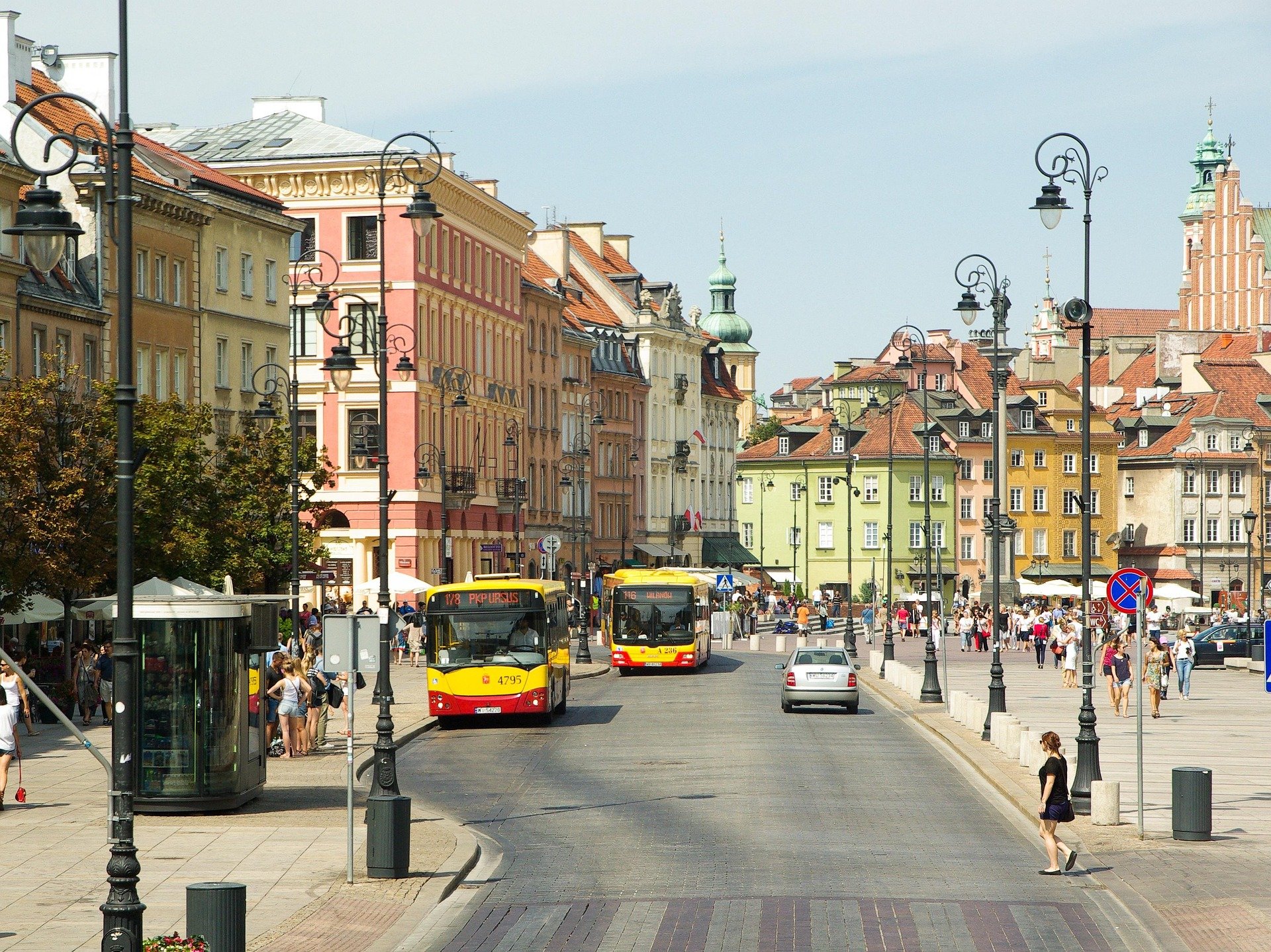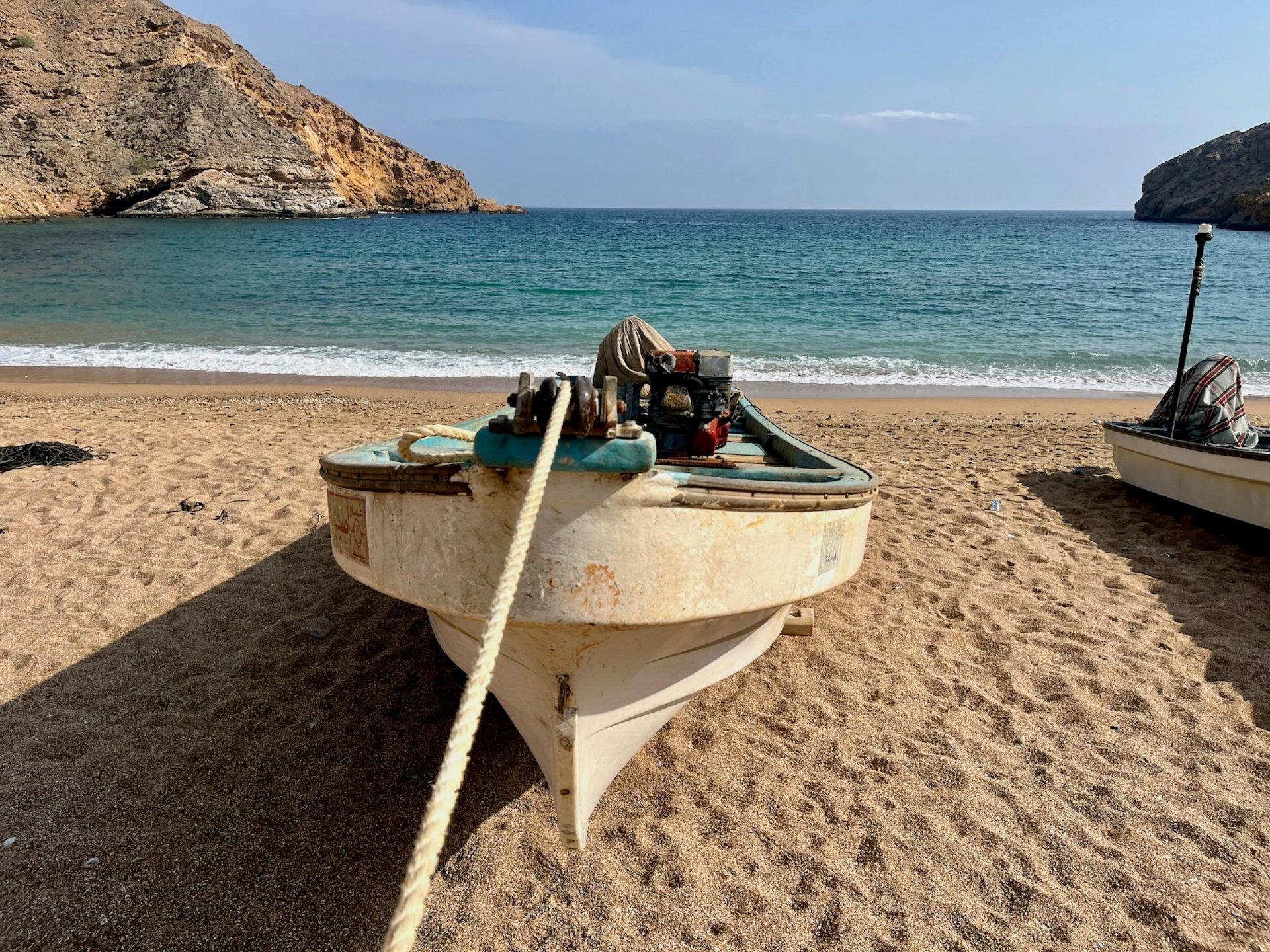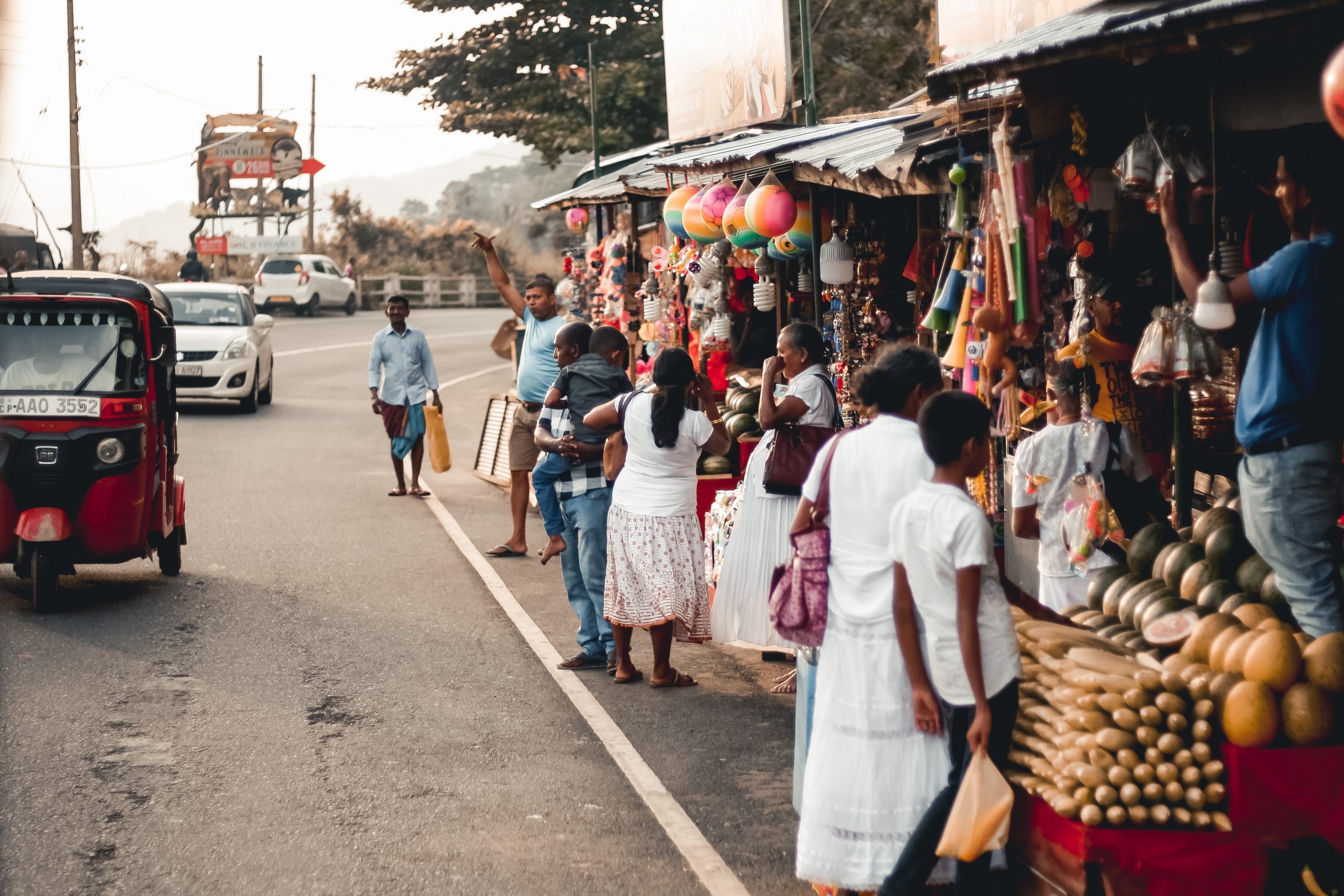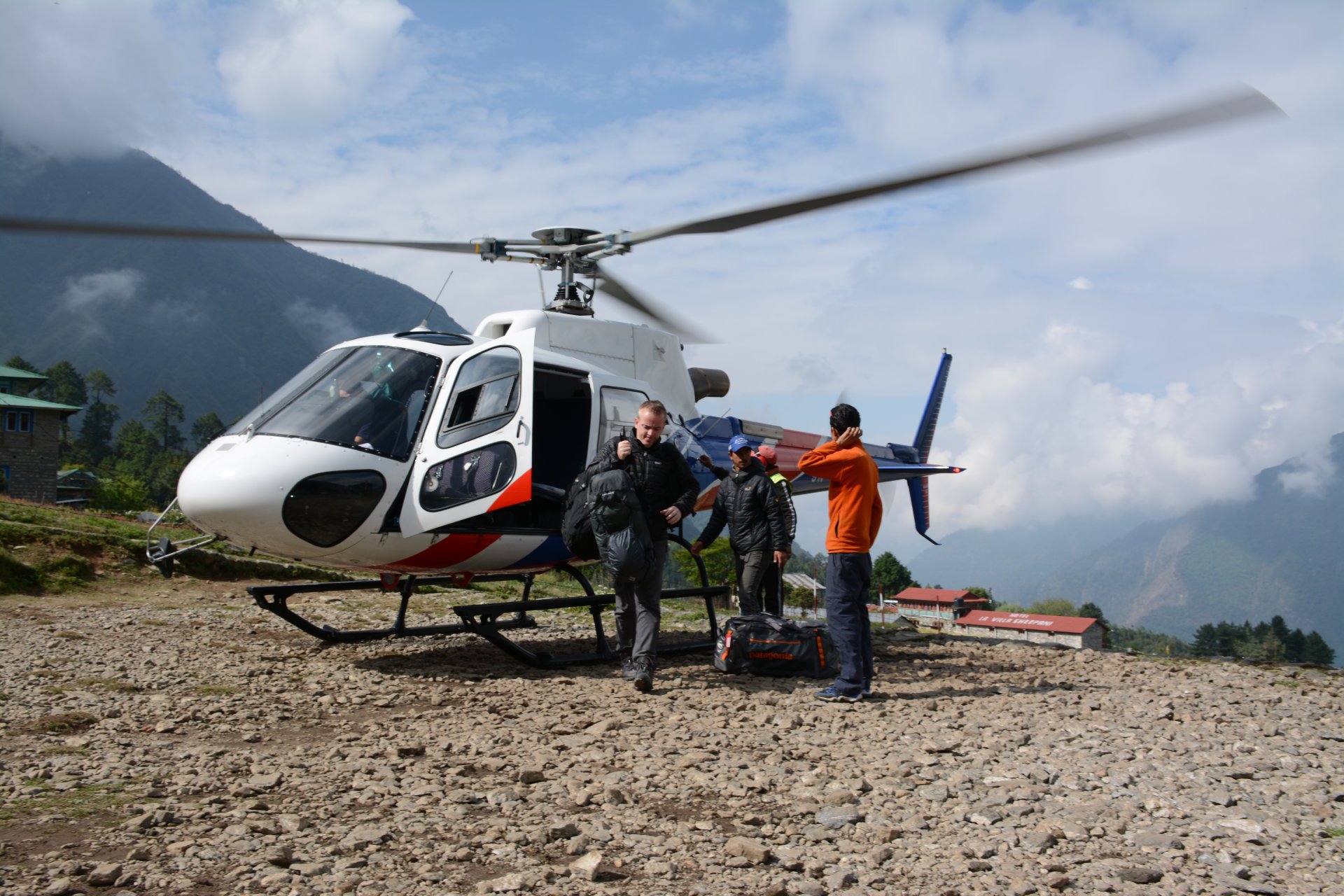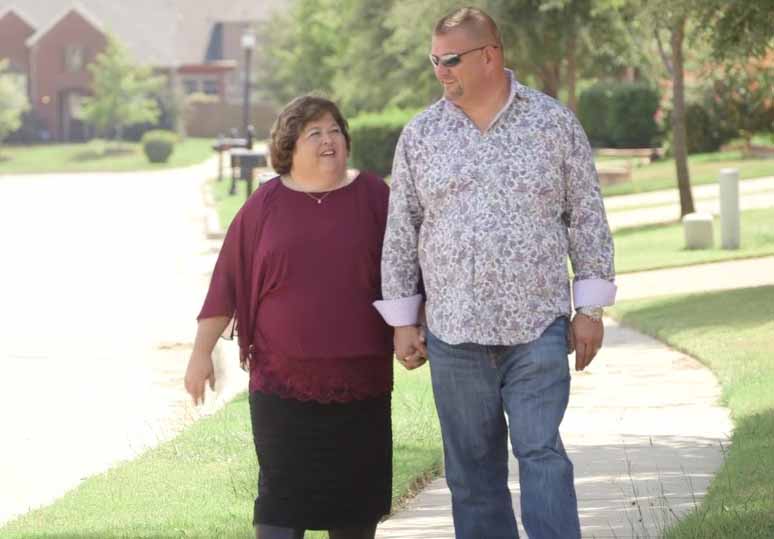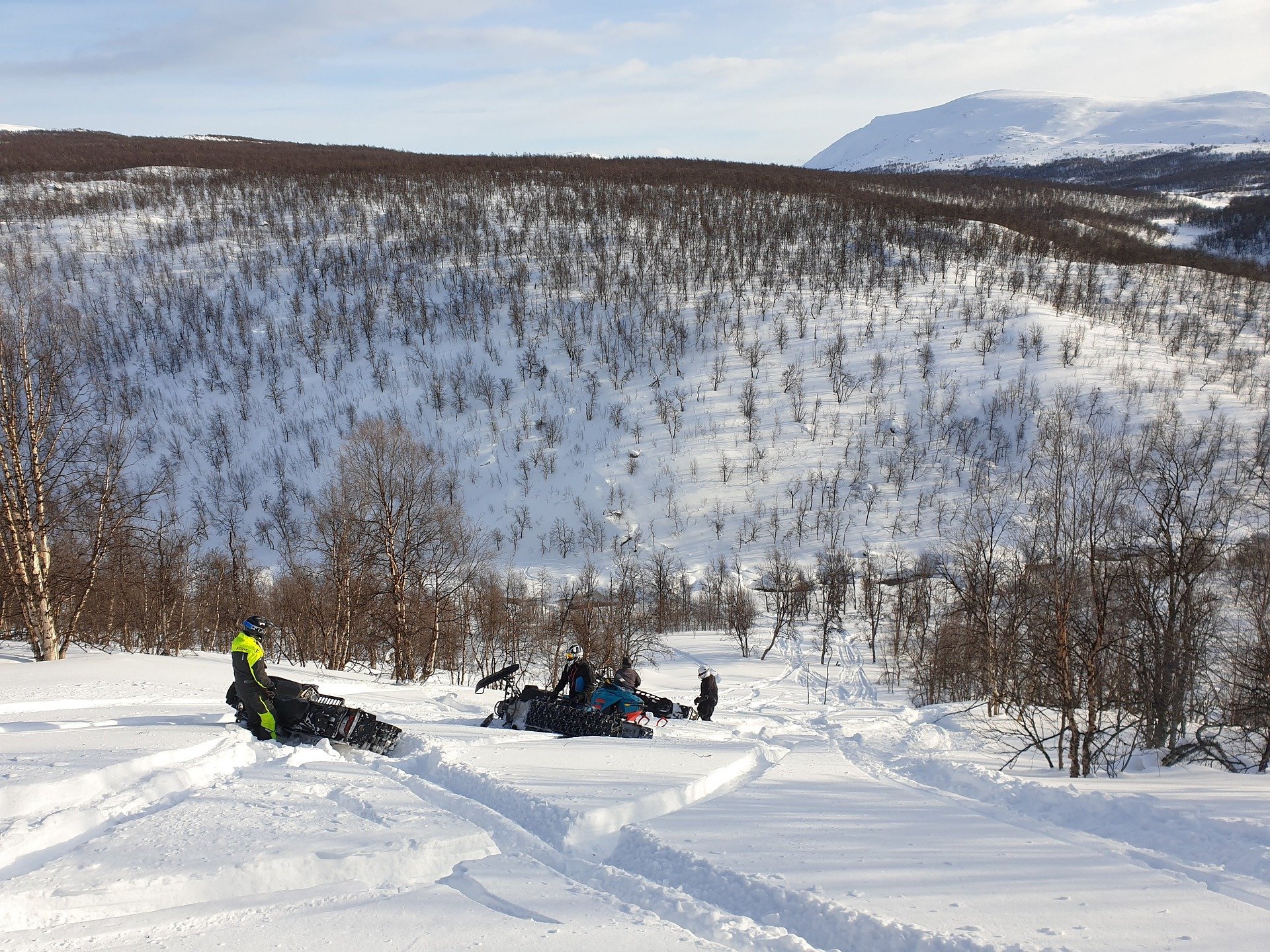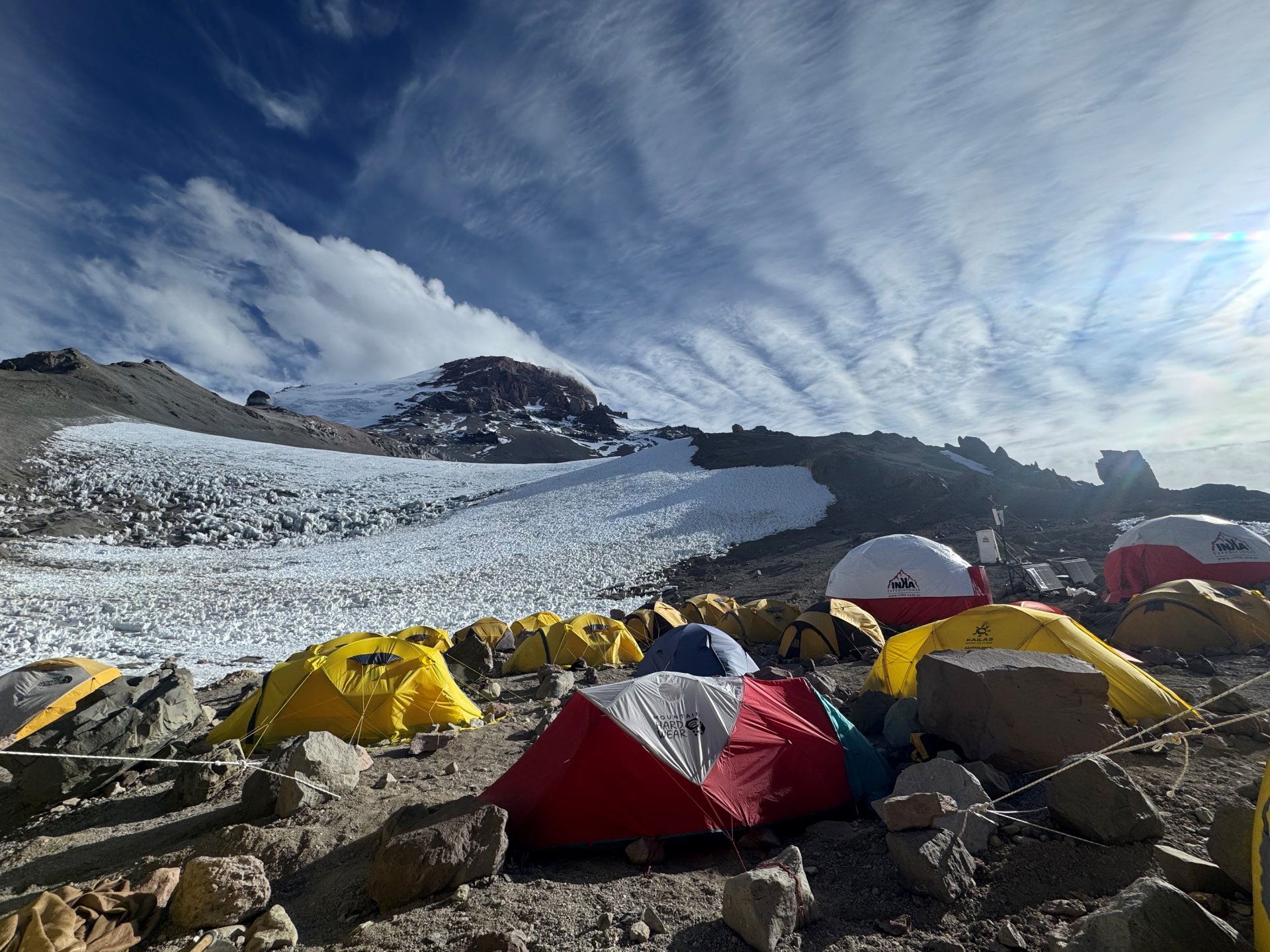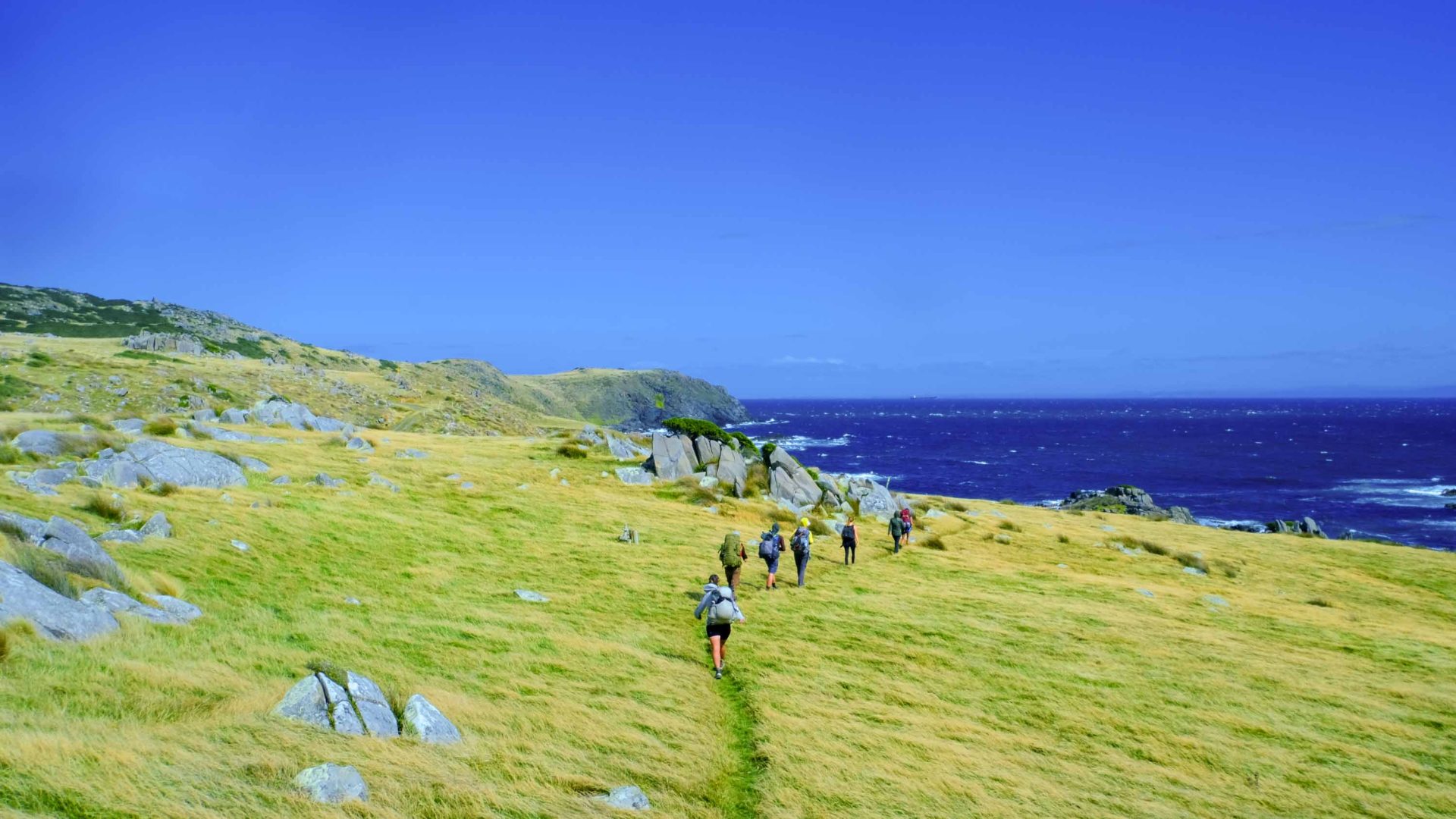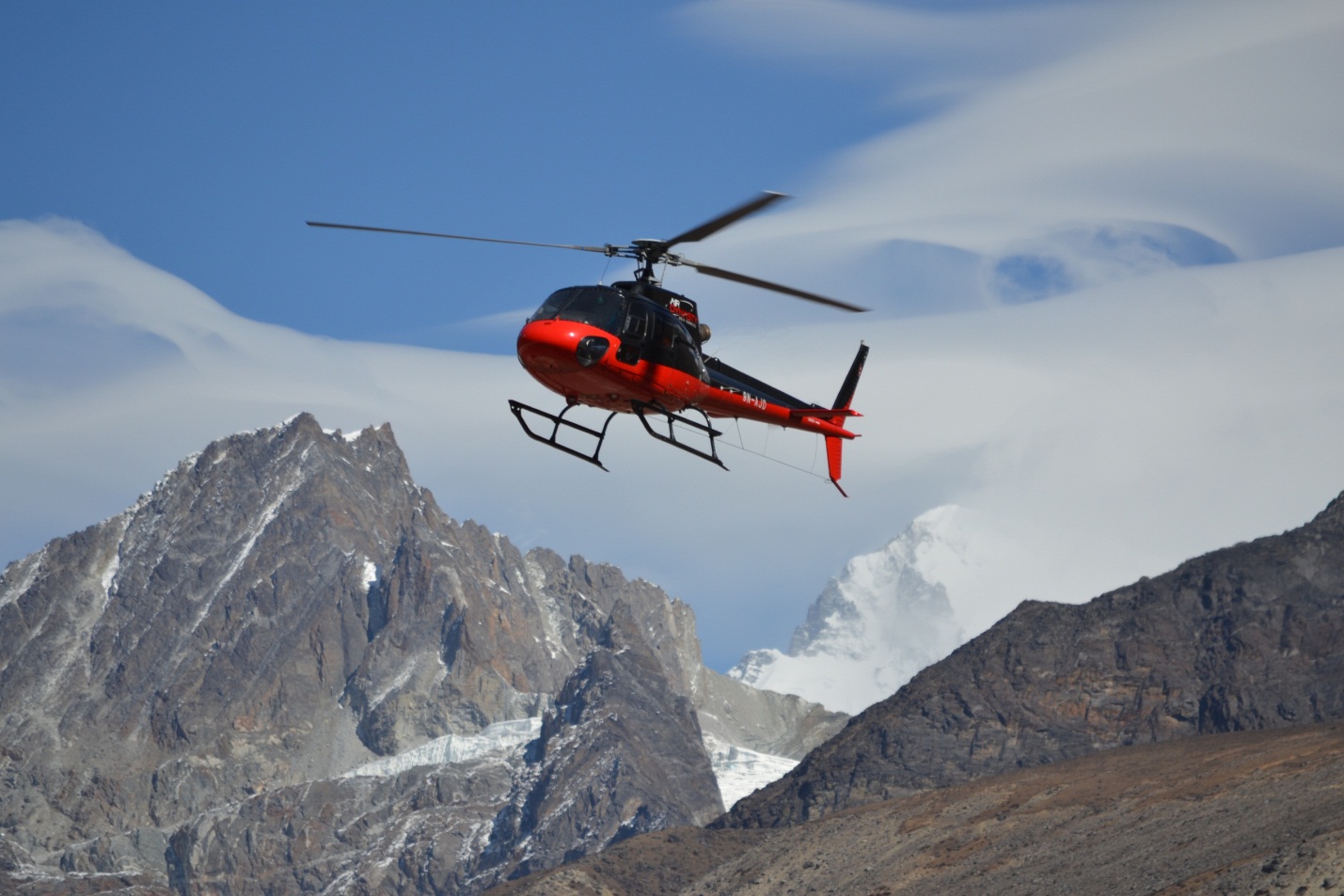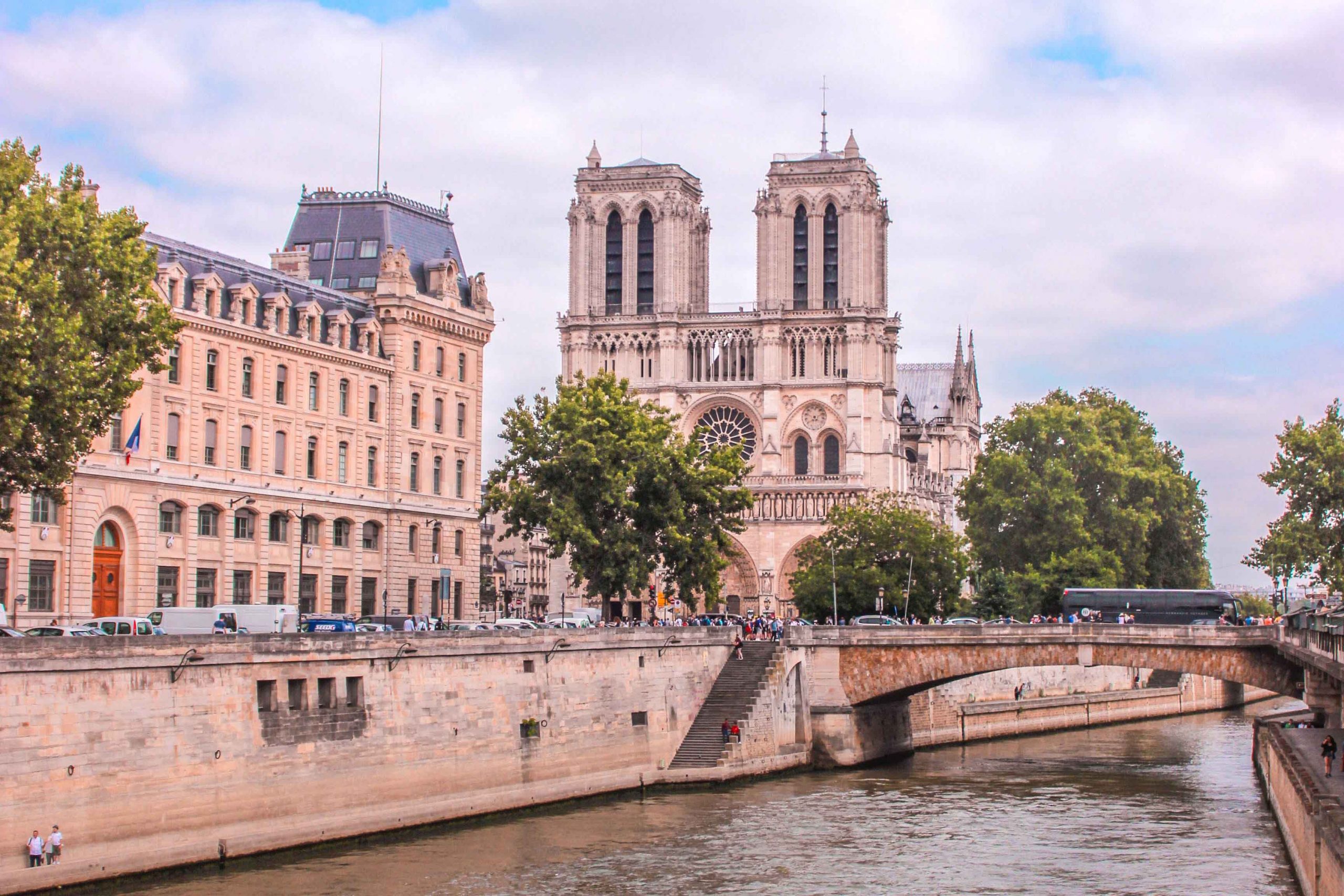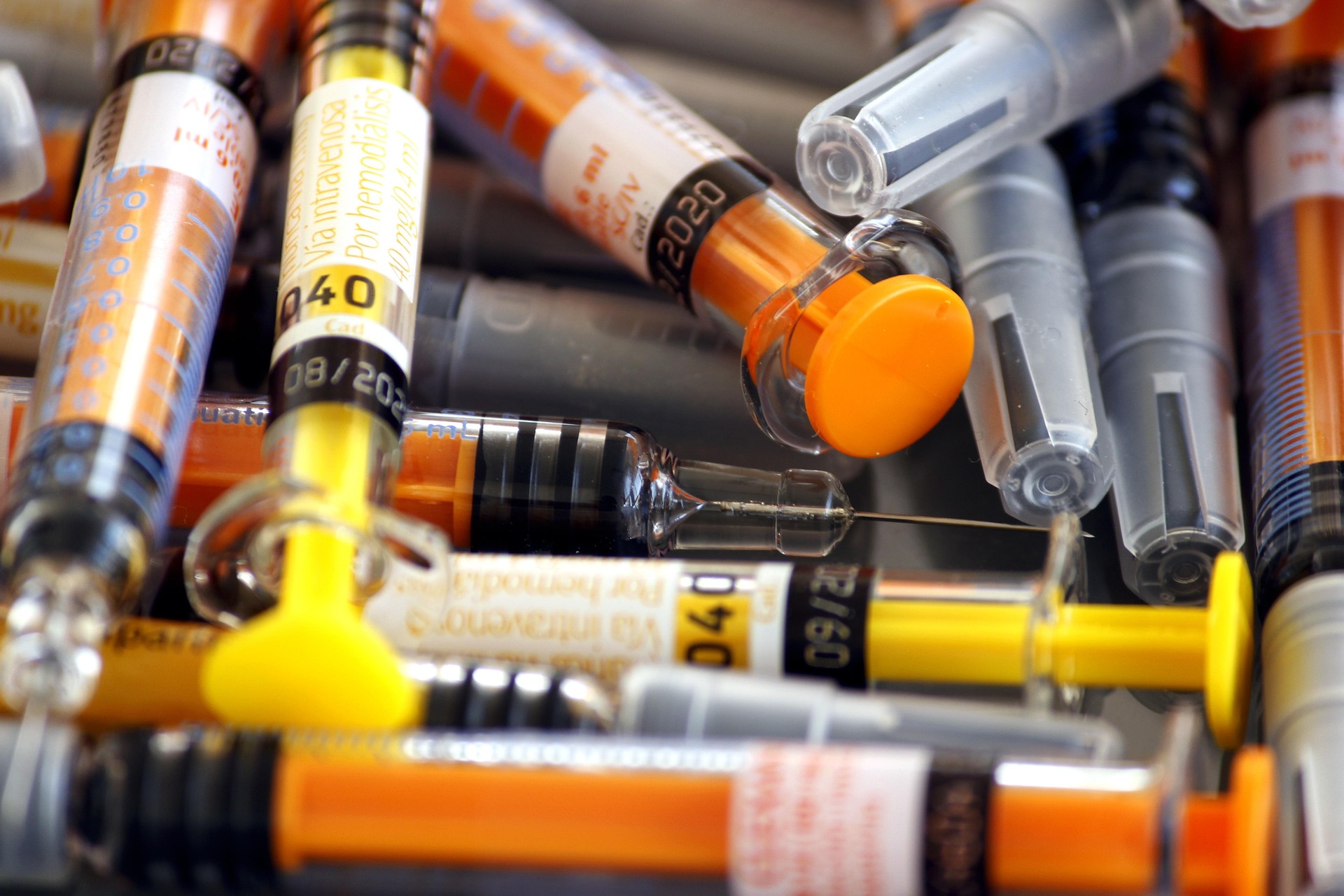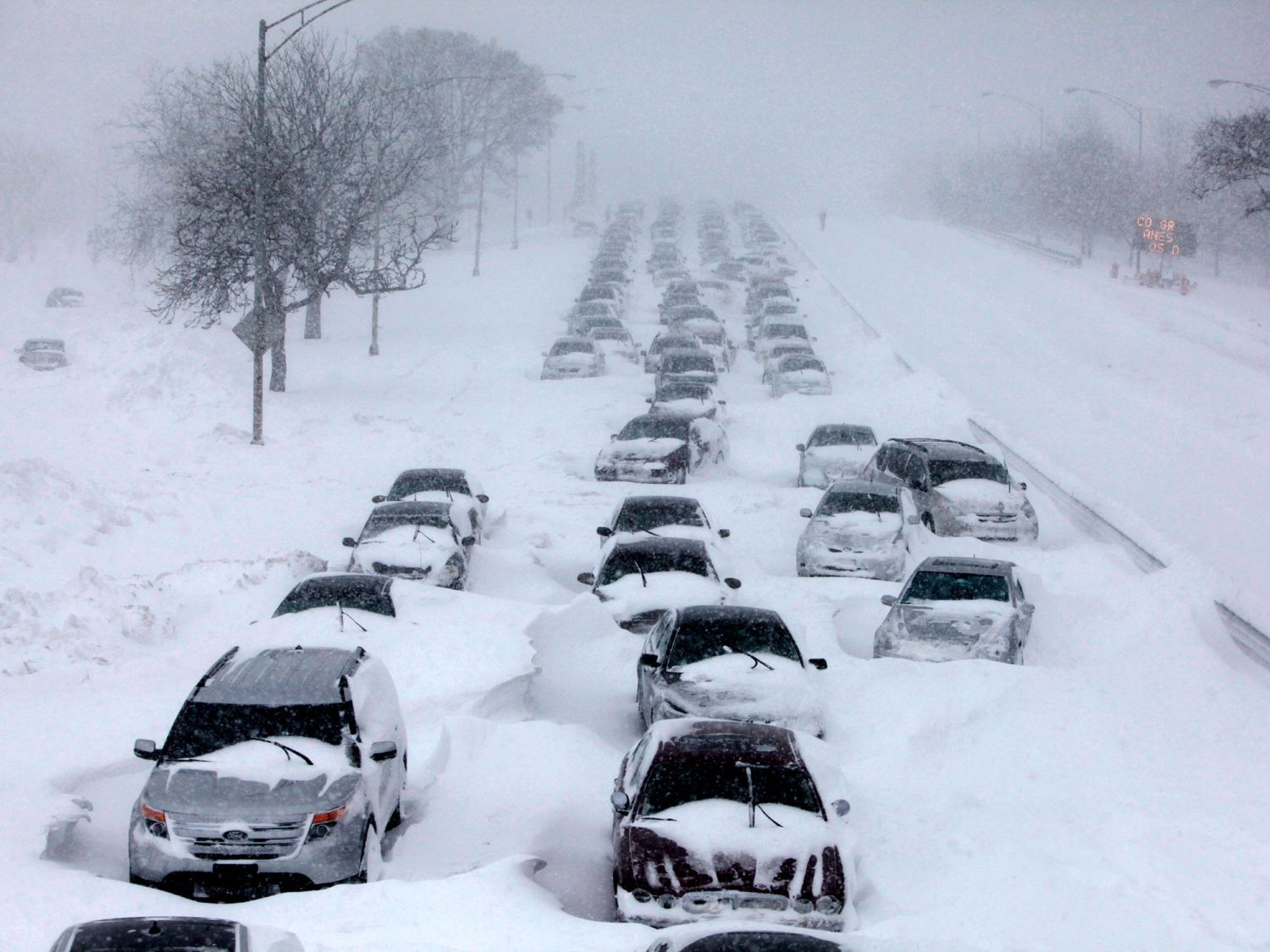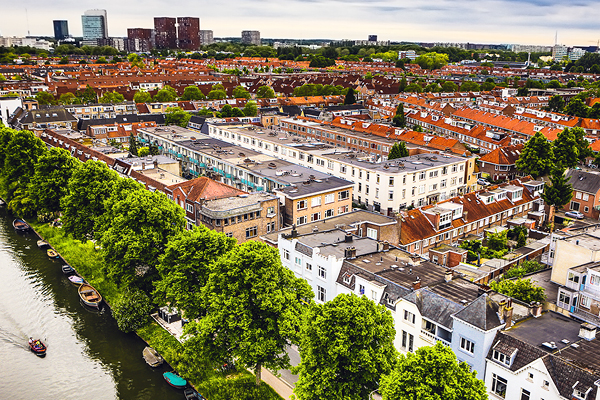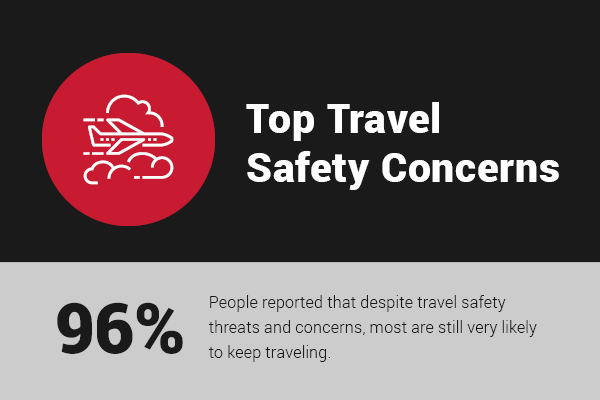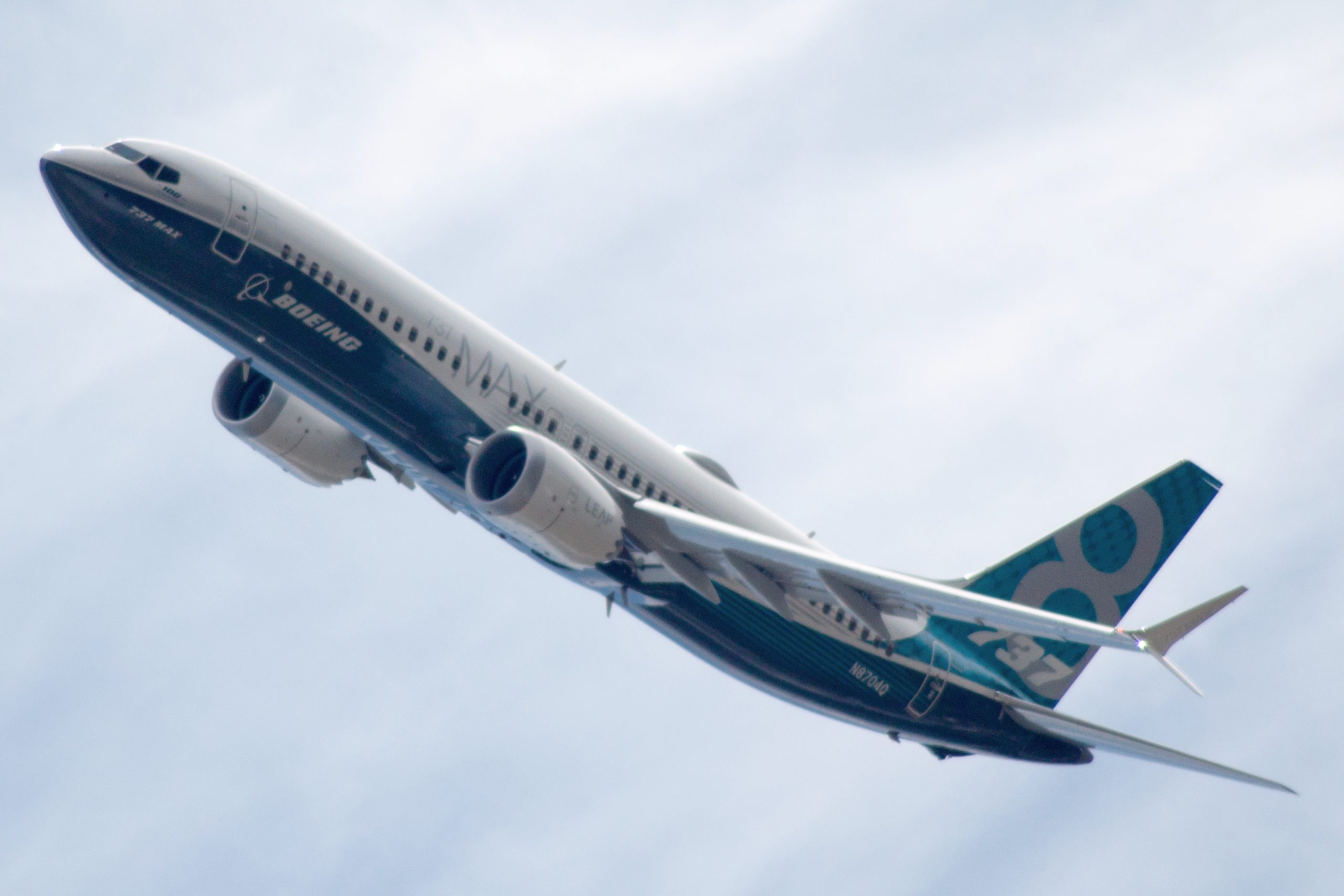Whether you’re a new adventurer or a seasoned mountaineer, no list of essential climbing tips is complete without mention of avoiding acute mountain sickness (AMS).
A recent article published in a JAMA Network journal noted that acute mountain sickness affects more than 25% of individuals ascending to heights of 11,500 feet and more than half of those who go higher than 19,700 feet.
A globally recognized expert, Dr. Eric Johnson from Global Rescue has years of practice in high altitude medicine. When it comes to essential climbing tips, Dr. Johnson details a few potentially life-saving tips that he calls his “rules of engagement.”
1. Do Research.
If you are going above 8-10,000 feet, there’s no doubt pre-trip research is an essential climbing tip. Be sure to know the basics of your trip itinerary, ascent profile and be prepared to prevent and manage potential challenges such as altitude sickness.
2. Never Ascend with Signs of Acute Mountain Sickness.
This is Johnson’s most important rule. AMS is the most common type of altitude sickness, with symptoms often mimicking that of a hangover. When addressed, acute mountain sickness is not a life-threatening condition.
Symptoms include:
- Headache
- Feeling tired
- Lightheadedness
- Lack of appetite
- Trouble sleeping
- Nausea and sometimes vomiting
If you begin experiencing symptoms, allow yourself to recover either by stopping or descending until symptoms resolve. In his experience, Johnson has never encountered a case where AMS has prevented someone from completing their journey when prevention and treatment guidelines were followed. As long as those experiencing symptoms have time to recover, they can continue to ascend.
It’s important to note though – someone with symptoms of acute mountain sickness should never be left alone to recover. If the group is moving on, one essential climbing tip is to be sure there is a second person waiting with the affected member.
3. Don’t Rush Your Trip.
Many adventurers encounter problems only when they try to ascend too quickly. It is always worth a few extra days on the trail to ensure your ascent is safe – and more importantly, to prevent your illness from escalating to the point of requiring evacuation.
4. It’s OK to get AMS, but it’s NOT OK to die from it
Additionally, many climbers and trekkers encounter problems because they do not accept that they may be suffering from acute mountain sickness. As Johnson emphasizes, “altitude has no respect for fitness,” and it can impact anyone.
When it comes to AMS, physical condition is not a factor and you cannot predict how your body will react to altitude. Johnson suggests following a “Golden Rule of the Himalayan Rescue Association,” which notes that any occurring illness “like the flu,” is acute mountain sickness until proven otherwise.
Another essential climbing tip is to familiarize yourself with two more severe forms of altitude sickness, high altitude pulmonary edema (HAPE) and high altitude cerebral edema (HACE). HAPE and HACE are less common, but are more dangerous.
According to the Centers for Disease Control and Prevention (CDC), HAPE symptoms include shortness of breath, weakness and coughing. Symptoms of HACE include confusion, clumsiness and lethargy.
Much like the golden rule above, anyone who exhibits these symptoms should be treated as if they have HAPE or HACE until proven otherwise.
5. Carry Medication.
Prescription Diamox (Acetazolamide) can be used for the prevention or treatment of acute mountain sickness. Recently ibuprofen has also been proven to help treat AMS – and not simply headache-related symptoms.
6. Don’t Consume Alcohol.
Since the symptoms of acute mountain sickness resemble an alcohol hangover, it is crucial to refrain from alcohol consumption to help identify AMS related symptoms. In general, a key essential climbing tip is to always aim to be in good condition for any form of ascent.
7. Purchase Evacuation Services.
Johnson also adds that it should be mandatory for climbers and trekkers to purchase evacuation services. In fact, those following him up the mountain are required to show proof of services should an emergency occur.
While some trekking and climbing companies do not require this service, an essential climbing tip for adventurers is to be cautious of those who are not at least recommending you consider the purchase.
Should you purchase an evacuation membership, it’s critical to understand how to access your provider in the event of an emergency. It’s also important to have your own communication capabilities, like a personal satellite phone with your provider’s contact information programed.
No matter your level of climbing or trekking experience, with a little planning and awareness, climbers can help prevent potential AMS challenges from becoming life-threatening conditions. As a final essential climbing tip, always make an appointment with a travel medicine specialist to make sure you’re prepared for your trip.
Global Rescue is the leading provider of medical and security advisory and evacuation services. With services for the first time climber to the extreme adventurer, Global Rescue is trusted by more than one million members worldwide.

